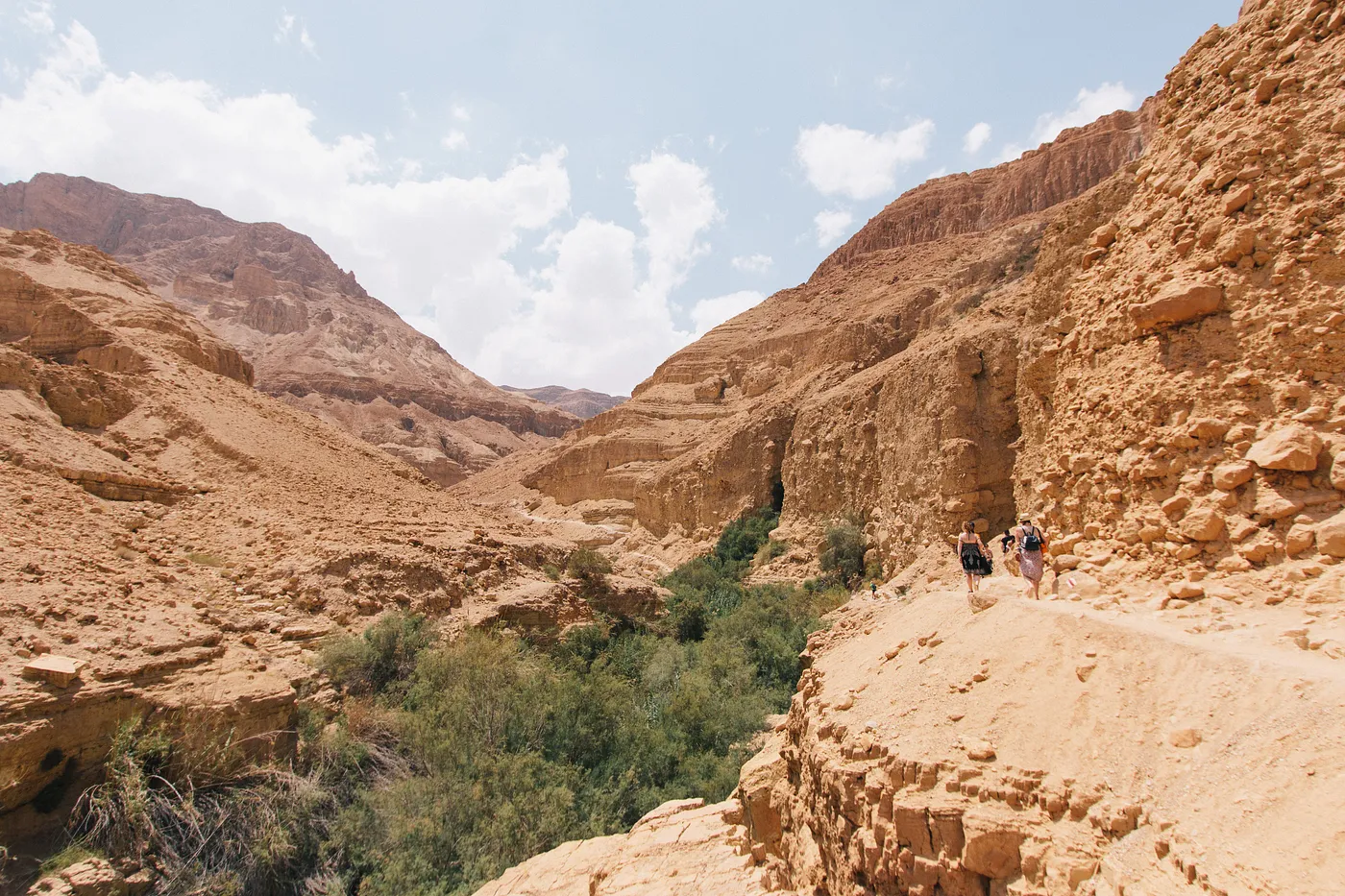The Negev, where the desert blooms
The Negev Desert is in the south of Israel and is the largest geographic area covering 60% of the country. There are many traces of past civilizations as well as archaeological sites all over this desert. The desert dwellers are called ‘Bediouns’ and are friendly and hospitable making it a great cultural experience. The Negev was largely ignored in the first forty years of Israel’s modern-day existence. Because of that, several large portions of this area might have been given away in 1947-48, when the borders of Israel were being re-established, had it not been for the vision and support of people like Israel’s first Prime Minister, David Ben-Gurion.
Ben-Gurion stood resolute in his conviction that the Negev would someday blossom and rejoice as Isaiah prophesied in ancient times.
“It is in the Negev where the creativity and pioneer vigor of Israel will be tested…”
—Israel’s first Prime Minister, David Ben-Gurio
The Capitol of the Negev is Beersheba, the biblical town of southern Israel, now a busy city. Beersheba is first mentioned as the site where Abraham, the founder of the Jewish people, made a covenant with the Philistine king Abimelech of Gerar (Genesis 21). Isaac and Jacob, the other patriarchs, also lived there (Genesis 26, 28, 46).
The Judean desert, a unique place
The Judean Desert is a wilderness landscape spanning from the Judean Hills at 1,000m above sea level to the west all the way down to the Dead Sea at 400m below sea level in the east. The Judean meets the Negev Desert in the south. Some of the most unique sites in the world are located here:
Israel’s most visited site, Masada is located in the Judean Desert. Now an Israeli national park and a UNESCO World Heritage Site, It is an ancient stone fortress in Israel, located high above the Dead Sea. Now the 840-acre complex holds well-preserved ruins attesting to the history of the ancient kingdom of Israel and the courage of its people in the face of a Roman siege.
Qumran, the location where the Dead Sea Scrolls were found less than 100 years ago - one of the most important archaeological finds in history.
The beautiful Ein Gedi Nature Reserve for an oasis in the desert, great for hiking waterfalls and streams.
Wadi Qelt offers amazing hikes and some spectacular flora, fauna, and historic sites including the oldest synagogue in the world, and the Monastery of Saint George.
The Dead Sea, the lowest place on Earth, is a unique experience – float and immerse yourself in the mud.

